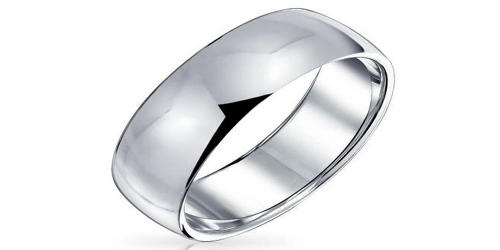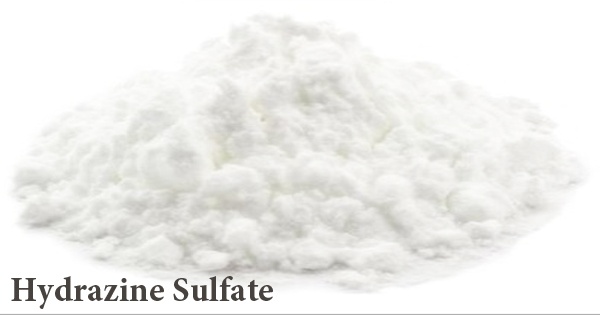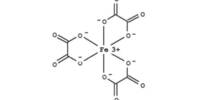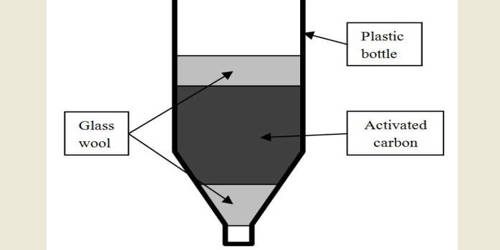Sterling silver is an alloy created when copper is added to pure silver in order to make the resulting compound more durable and less soft. It is an alloy of silver containing 92.5% by weight of silver and 7.5% by weight of other metals, usually copper. It is made of 92.5 percent pure silver and 7.5 percent metal alloy. Copper is a favorite metal alloy for sterling silver jewelry, although other metals are sometimes used. The sterling silver standard has a minimum millesimal fineness of 925. The result is an alloy that is not as soft as a pure copper and is much more durable. Sterling silver is generally 92.5% pure. Although sterling silver is more durable than pure silver, the additional metals in the alloy make sterling silver more prone to tarnishing. This happens because the copper, nickel, zinc, or other mixtures in sterling silver may react with oxygen and other elements in the air.
Silver is one of the most valuable metals and its use goes back to before 4000 BC. The popularity of silver in jewelry making and other applications saw it spread across the world. Fine silver, for example, 99.9% pure silver, is relatively soft, so silver is usually alloyed with copper to increase its hardness and strength. In many cases, items that are made out of sterling silver are actually coated with pure silver. Sterling silver is prone to tarnishing, and elements other than copper can be used in alloys to reduce tarnishing, as well as casting porosity and firescale. This thin layer improves the look of the piece by making it shinier. Such elements include germanium, zinc, platinum, silicon, and boron. However, these products should never be labeled as pure silver because they aren’t. Recent examples of alloys using these metals include Argentium, Stellium, Sterilite, and Silvadium.

Uses
Individual eating implements often included:
- forks (dinner fork, salad fork, pastry fork, or shrimp fork)
- spoons (teaspoon, coffee spoon, demitasse spoon, iced teaspoon) and
- knives (dinner knife, butter spreader, cheese knife).
This was especially true during the Victorian period when etiquette dictated no food should be touched with one’s fingers. Usually, sterling silver has a purity of 92.5%, meaning that 7.5% of the alloy is made of copper or another metal (usually nickel or zinc). Sterling silver rings are popular for their neutral nature and incredible value. Sterling silver is one of the top metals preferred for jewelry and is a great choice when shopping for men’s and women’s accessories.
















